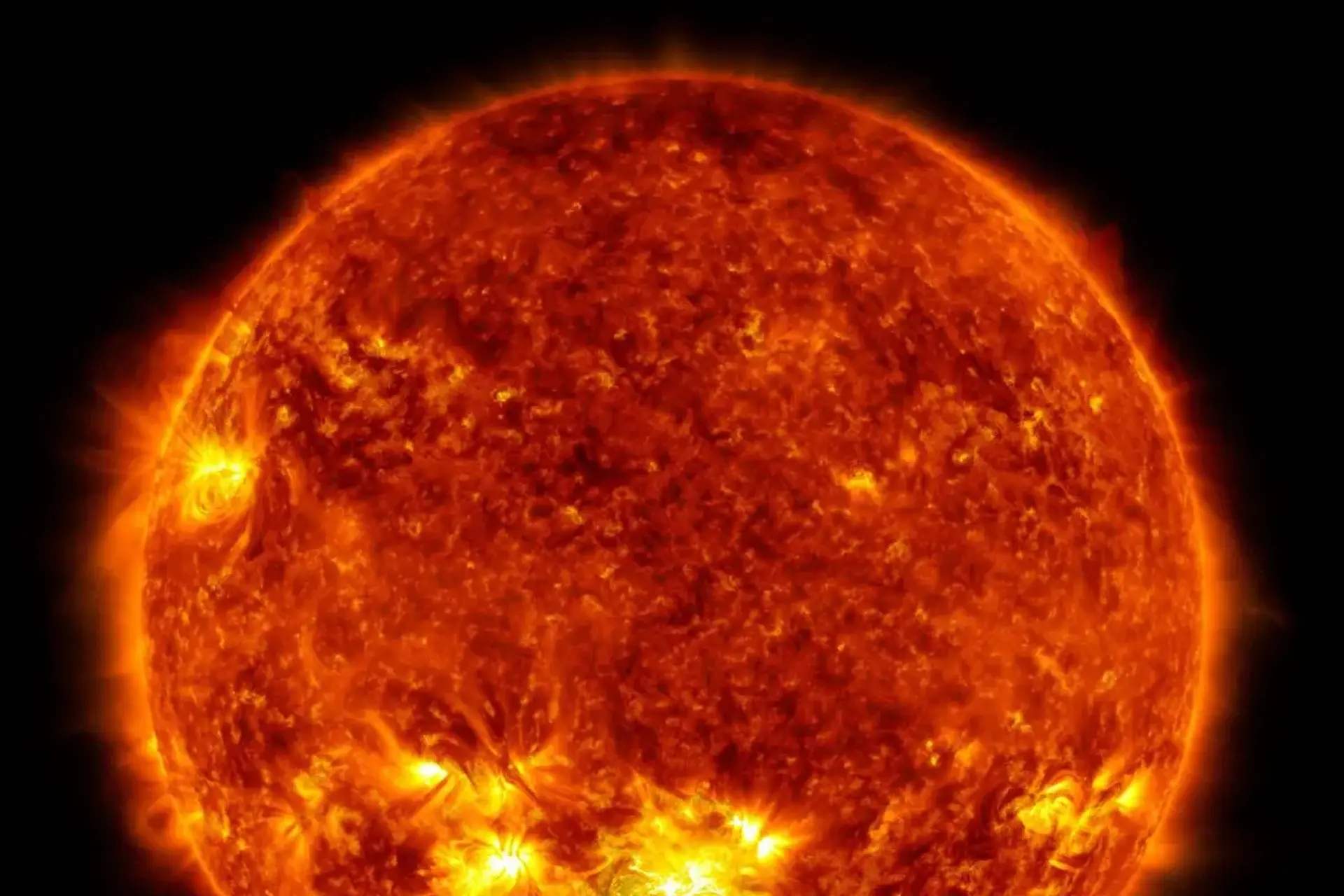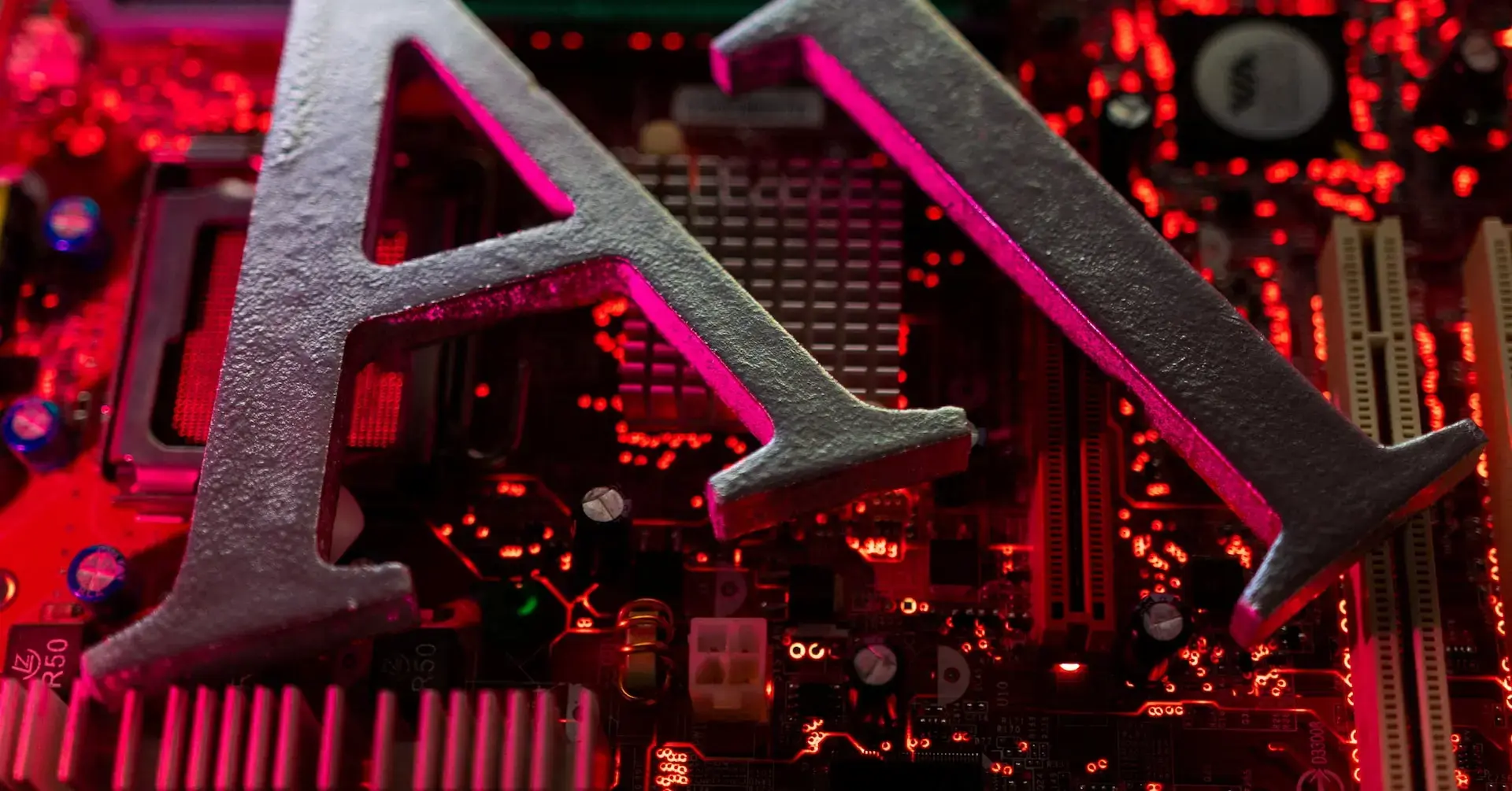NASA is employing artificial intelligence to enhance the understanding and prediction of solar activity. The space agency, in collaboration with IBM, has developed the Surya Heliophysics Foundational Model, trained using nine years of data from NASA's Solar Dynamics Observatory. Surya, named after the Sanskrit word for the sun, aims to analyse solar flares and predict the impact of space weather on vital technologies, including communication systems, satellites, and power grids.
Surya can also forecast the effects of solar UV radiation on Earth's upper atmosphere and determine solar wind speed. Preliminary results indicate that Surya can generate visual predictions of solar flares two hours in advance, surpassing existing benchmarks by 16%. The model and training datasets are openly available to researchers, educators and students.
This initiative is part of NASA's broader strategy to develop open-access, AI-powered science tools. By providing early warnings, Surya can assist satellite operators and improve predictions of how solar activity affects Earth. The AI model's architecture is adaptable to other scientific domains, paving the way for similar AI applications in planetary science and Earth observation.




